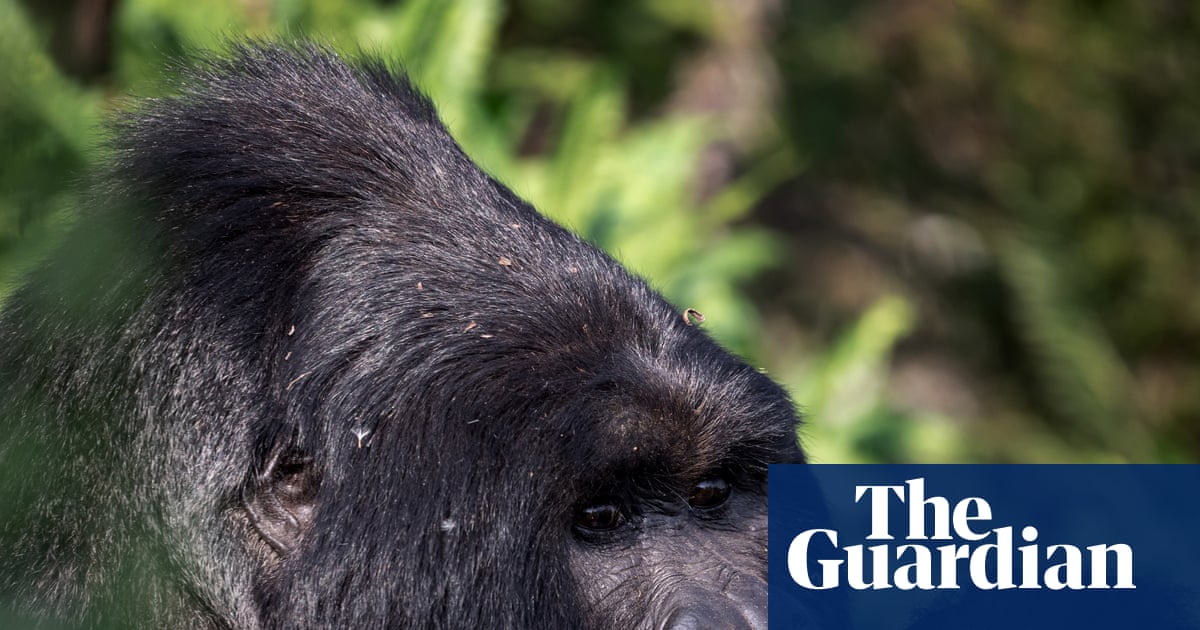
"It is sunrise on mount Muhabura, an inactive volcano on the Ugandan-Rwandan border, and Dr Benard Ssebide is in a rush to find a family of mountain gorillas before the tourists arrive. A mass of ferns, vines and thistles encroaches on the path, and the guides hack through brambles with machetes. Above, the forest whistles in the wind, glowing in the morning light."
"After nearly 45 minutes, a ranger spots patches of flattened grass and large piles of fresh, dark green dung. We are close. Then the forest suddenly opens up to nine mountain gorillas the Nyakagezi family having their breakfast in a clearing. The enormous silverback munches his way through a thistle, throwing his visitors an indifferent glance. Nearby, a three-year-old juvenile swings on a vine watched by its mother."
"In the 1970s and 80s, barely 250 mountain gorillas were left and naturalists feared extinction was close, as expanding agricultural frontiers and logging devoured their habitat. But decades of intense conservation efforts through war and the 1994 Rwandan genocide have worked. Population numbers reached more than 1,000 in 2018 and mountain gorillas were downgraded from critically endangered to endangered by"
A morning trek up mount Muhabura involves guides cutting through dense ferns, vines and thistles to track mountain gorillas before tourists arrive. Rangers detect flattened grass and fresh dung as signs of nearby gorillas, leading to a clearing where the Nyakagezi family of nine feeds and interacts under the watch of an enormous silverback. The Virunga mountains span Rwanda, Uganda and the DRC and host one of two remaining mountain gorilla habitats. Severe declines in the 1970s and 80s left barely 250 individuals as agriculture and logging destroyed habitat. Sustained conservation through decades and regional conflict supported recovery to over 1,000 by 2018, prompting a status downgrade from critically endangered to endangered.
Read at www.theguardian.com
Unable to calculate read time
Collection
[
|
...
]